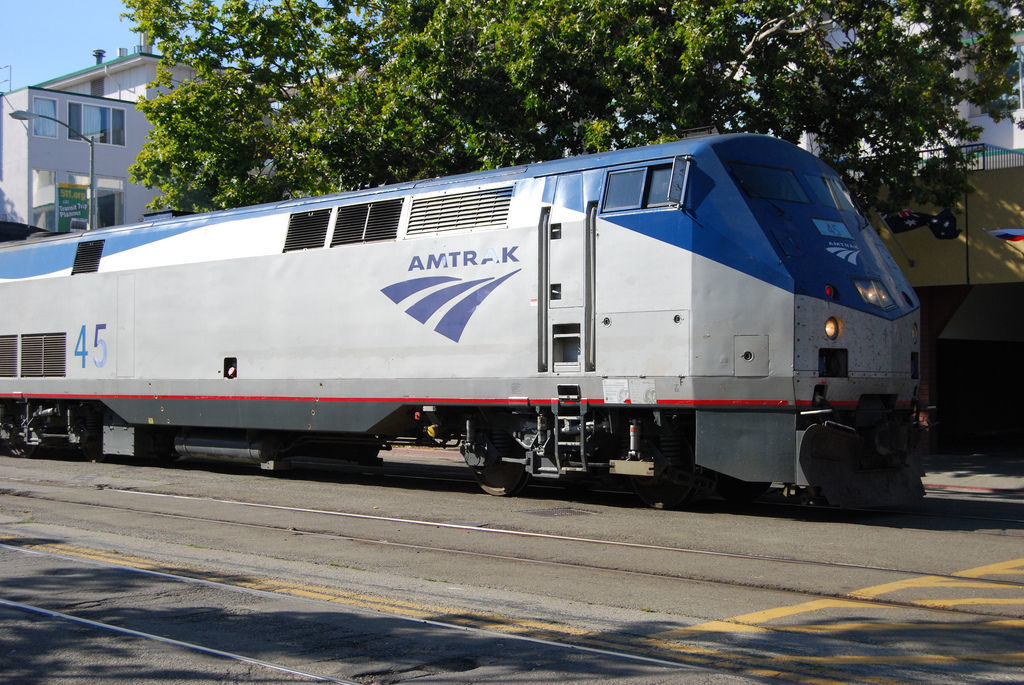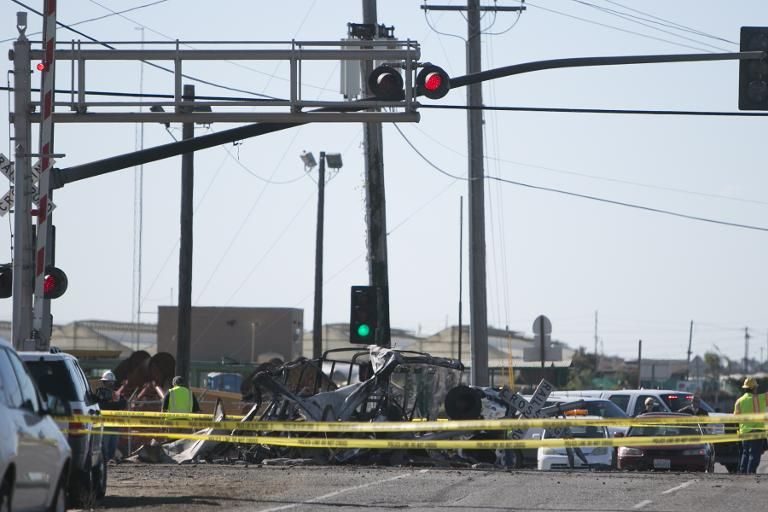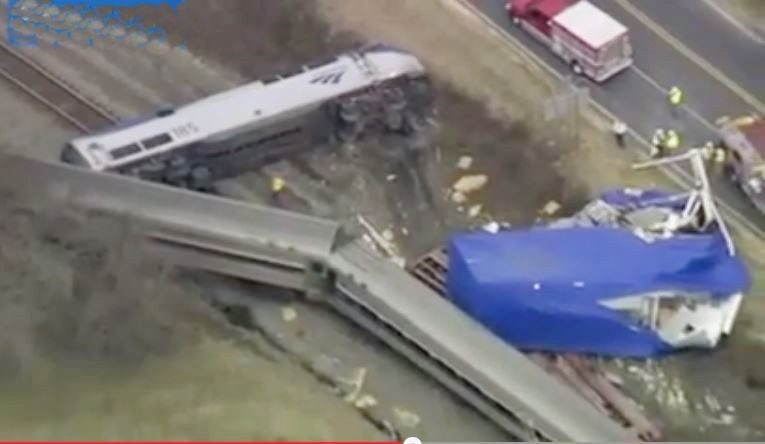
The four railroads that fully met the deadline are the North County Transit District, Metrolink, Port Authority Trans-Hudson Corp., and the Portland & Western Railroad, federal officials said in an update on the USDOT website.
Of the railroads requesting alternative schedules, seven are Class Is, 25 are intercity passenger and commuter railroads, and five are short-line or terminal railroads. Additionally, 12 railroads have received conditional PTC system certification from the FRA.
According to the latest USDOT report, there are now 41,000 route miles in PTC operation, which is 71 percent of the route miles that are subject to the mandate.

The technology that can prevent collisions and derailment - positive train control - involves installing the equipment on the locomotives and the tracks. The system then communicates information about the train's speed as well as the position of the train and track switches.
In February 2018, USDOT Chairman Robert Sumwalt told Congress the board has identified 150 accidents, which caused 300 deaths, since 1969 that could have been prevented by the technology.
"I've always referred to it as the angel on our shoulder," said John Hiatt, a former railroad engineer who is now an investigator with the Bremseth Law Firm, whose clients include railroad employees. Hiatt, speaking with CNN, said that Congress, railroads and federal regulators all share the blame for the missed deadline.
In September 2008, the US Congress considered a new rail safety law that set a deadline of December 15, 2015, for implementation of PTC technology across most of the US rail network. The Congress passed a bill in October 2015, extending the compliance deadline by three years, to December 31, 2018.

In her letter, Chao "suggested" the FRA would not be feeling kindly to any more requests for additional extensions, saying the agency's leaders had been directed to "create an increased level of urgency to underscore the imperative of meeting existing timeline expectations for rolling out this critical rail-safety technology."
But, subsequently, the FRA did grant an additional 10 exemptions and is considering requests from the other 27 rail systems that did not meet the deadline, according to the Department of Transportation.
"There really are no consequences," Hiatt, the accident investigator, said of the missed deadline. And apparently, he is correct. Not only that, but the Department of Transportation, the railroad administration and the National Transportation Safety Board are largely closed due to the partial government shutdown.



Reader Comments
to our Newsletter